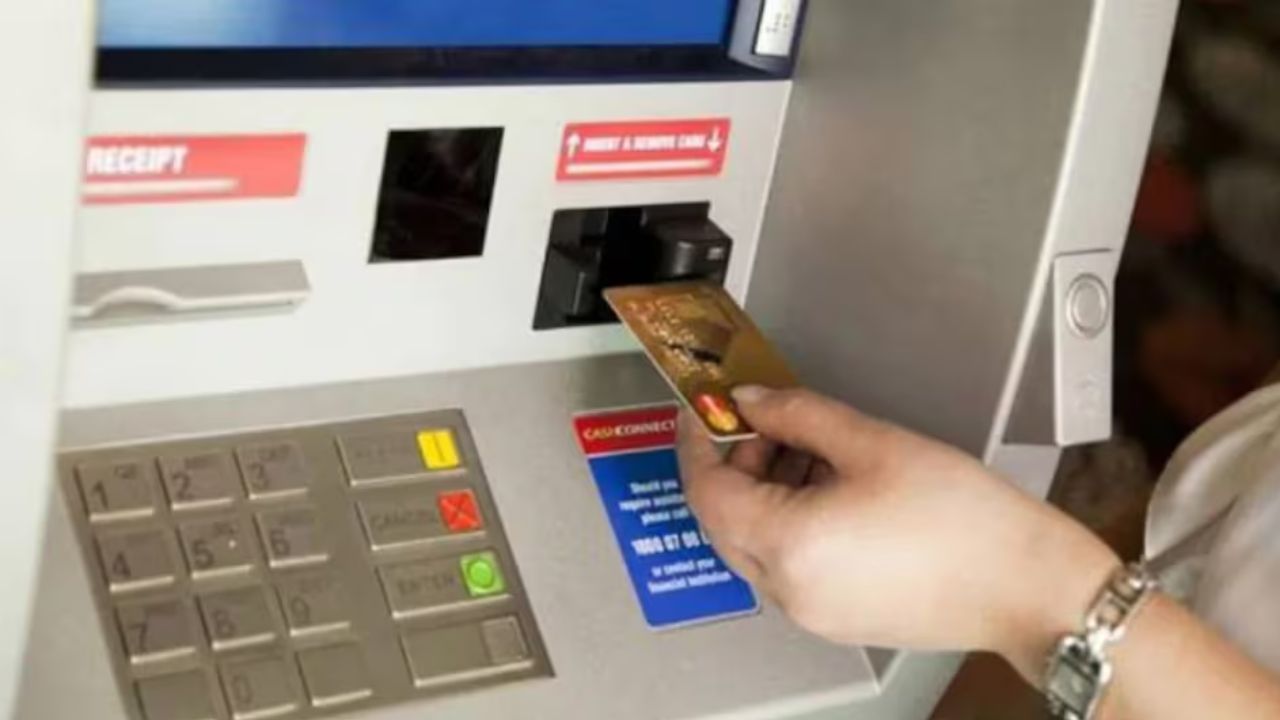
The banking sector in South Africa is preparing for a major change that will directly impact how customers access their money. Starting October 15, new rules on cash withdrawal limits will come into effect, bringing significant changes to the way people use ATMs and debit or credit cards for transactions. This move has been introduced to improve financial security, curb fraudulent activities, and encourage the use of digital banking methods. While some customers see this as a necessary step toward modernization, others worry about the inconvenience, especially those in rural areas who rely heavily on cash. The new rules are expected to affect both daily withdrawals and card usage at retail points, making it essential for every account holder to understand the updated limits. Banks have assured customers that they will provide clear communication, including SMS and email notifications, so that no one is caught off guard. Let’s break down what these new rules mean for everyday banking and consumer habits.
New Cash Withdrawal Limits Explained
Under the revised banking rules, daily and weekly withdrawal caps at ATMs will be adjusted to tighter limits than before. Customers who were previously able to withdraw higher amounts of cash in a single day may now find themselves restricted to lower amounts, depending on their account type. For instance, standard savings accounts may be limited to a daily cash withdrawal of R5,000, while premium accounts might receive higher allowances. The government has supported this change as part of a broader financial reform strategy aimed at reducing money laundering and curbing cash-based crimes. While it may feel restrictive for individuals used to transacting in large sums of cash, the goal is to promote safer, traceable digital transactions. Banks are also introducing more incentives for electronic transfers and mobile payments, ensuring customers adapt smoothly to the shift without too much disruption in their financial routines.
Impact on ATM and Card Usage
With the withdrawal limits reduced, customers will likely rely more on digital and card-based payments. Retail transactions through debit and credit cards are expected to increase, as people turn to swiping instead of carrying cash. Additionally, the rules will apply to both ATM withdrawals and over-the-counter cash requests at branches, meaning customers cannot bypass the new caps by visiting tellers. This will particularly affect businesses that traditionally deal in cash, such as small vendors, taxi operators, and informal markets. However, authorities argue that this will also reduce theft risks and the costs associated with handling large amounts of cash. Cardholders should also note that overseas withdrawals and international transactions may face adjusted limits, making it important to confirm details with their banks. The changes might initially create confusion, but with proper awareness, customers can adapt to safer, more efficient financial practices.
Why the Rule Was Introduced
The October 15 changes are not random but part of a carefully structured financial modernization plan. Rising concerns about ATM fraud, illegal withdrawals, and untraceable large cash movements pushed regulators to take stronger action. The banking sector and the Reserve Bank believe that reducing cash dependency will increase overall security and protect account holders from scams. Another key reason is to align with international standards where cash transactions are gradually being replaced by digital banking. By limiting cash, regulators hope to minimize risks linked to corruption and tax evasion. While older citizens and rural communities might find it harder to adjust, the government and banks plan to roll out awareness campaigns and support measures, including easier mobile banking access and simplified payment apps, ensuring that everyone benefits from the new system without facing unnecessary hurdles.
What Customers Should Do Next
Account holders are encouraged to prepare early before the October 15 rollout to avoid surprises. Checking the updated withdrawal and spending limits on both ATMs and cards is crucial, as each bank may implement slightly different policies within the regulatory framework. Customers who frequently withdraw large sums should explore safer alternatives like EFTs, instant money transfers, or mobile wallets. It is also wise to set up SMS alerts to track usage, as this helps avoid exceeding daily limits. Small businesses must begin shifting towards accepting card or digital payments, ensuring they can continue operating without relying heavily on cash. Ultimately, these changes represent a transition to a more secure and modern banking environment. While challenges are expected in the short term, the long-term benefits of reduced fraud, improved digital adoption, and safer financial management are significant for all South Africans.






